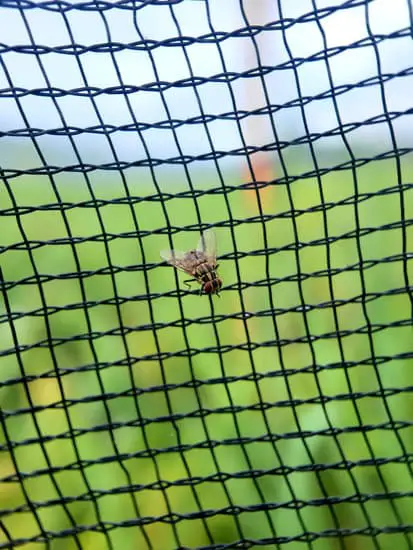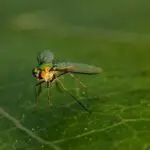How Can Fly Auditory Organs Hear Noise?
Fly auditory organs are remarkably small. They are connected by a flexible “lever” and are located within the prosternum. They convert sound vibrations into electrical signals, which are then transmitted to the brain. These organs contain approximately 100-110 sensory neurons. The auditory nerves exit from the rear of the organs and project to the thoracic ganglia of the fly’s central nervous system.
The fly’s ear works like two microphones. The eardrums at the fly’s near ear respond more strongly when a noise is present, while the far ear responds less intensely. When a fly perceives a sound, the brain calculates its location in less than 10 microseconds.
Researchers at the University of Iowa exposed a test group of fruit flies to 120 decibel noise. This tone is within the fruit fly’s range of natural sounds, but overstimulated the auditory system. The noise was similar to that produced by a jack hammer or rock concert. After that, they gave the flies a test with song pulses at a natural volume. Researchers found that those exposed to the noise had impaired hearing compared to their control group.
However, the fly’s auditory organs are different from those of mammals. The insect’s second segment contains scolopidia, which sense the vibrations that are transmitted from its third segment. Scolopidia are anchored in a joint and secrete a dendritic cap, which enables it to convert tiny sound location cues into signals.








